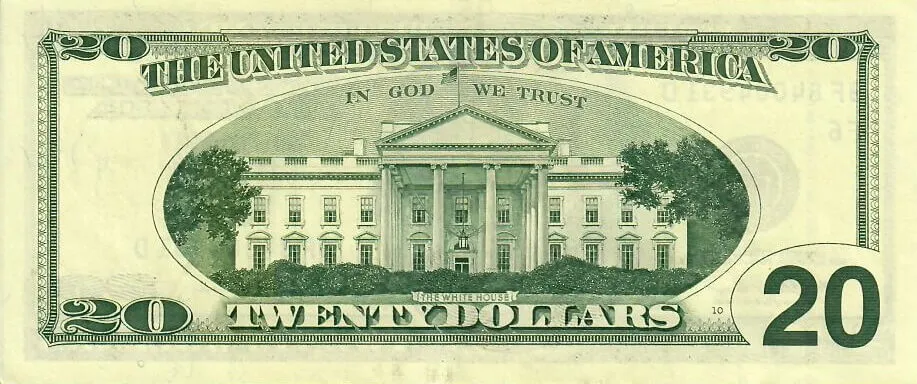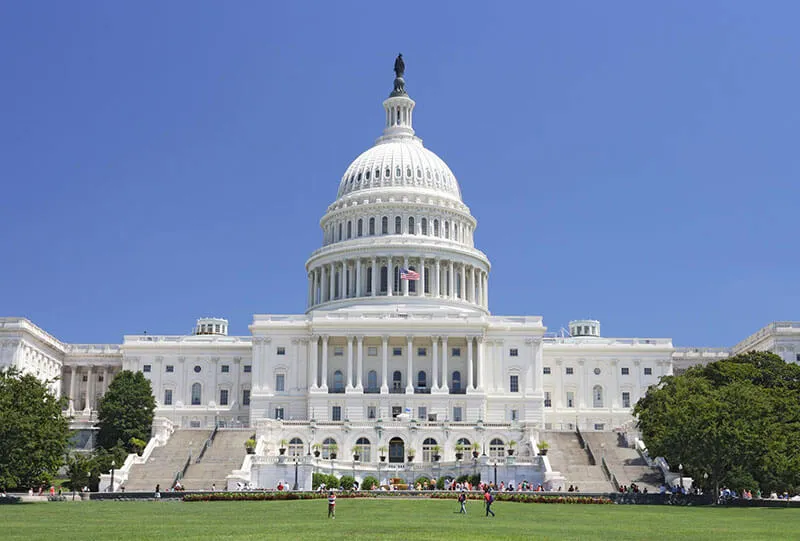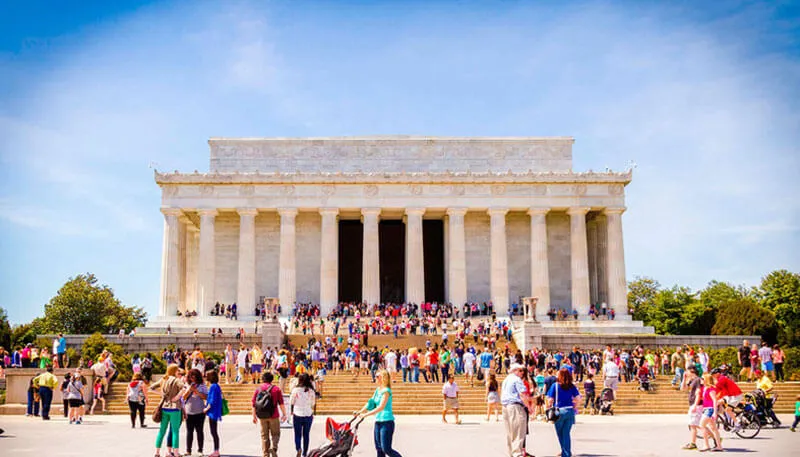Washington D.C., the vibrant capital of the United States, is renowned for its iconic monuments and historical landmarks. Yet, nestled within this bustling metropolis lies a treasure trove of diverse natural beauty, waiting to be discovered by keen eyes and passionate photographers. From colorful gardens and sprawling green parks to serene rivers and majestic waterfalls, every corner of Washington offers countless opportunities to unleash your creativity and capture breathtaking moments in nature. This comprehensive guide will share essential tips and insights for unique nature photography experiences in Washington, helping you create memorable and stunning photographs.
Unique Nature Photography Spots in Washington
Washington D.C. is not only a political center but also an ideal destination for nature photography enthusiasts. The city boasts numerous parks, botanical gardens, and green spaces, each with its own distinct charm and character, promising diverse and enriching photography experiences.
Rock Creek Park: A Green Symphony in the Urban Heart
Rock Creek Park, Washington D.C.’s “green gem,” is one of the largest urban national parks in the United States. Spanning over 1,754 acres, this park offers a tranquil and wild natural escape right in the bustling capital. Rock Creek Park is a perfect destination to immerse yourself in nature and create unique photo collections.

It features dense forests, clear winding streams, and lush green hills. In spring, Rock Creek Park adorns itself with vibrant blossoms, especially bluebells in full bloom, creating a romantic and dreamy setting. As autumn arrives, the park transforms into a golden landscape with colorful maple leaves, offering a captivating and poetic beauty.
Rock Creek Park is not only a haven for scenic nature photography but also an ideal place for wildlife “safaris.” Here, you might encounter playful squirrels, diverse colorful birds, or even graceful white-tailed deer. Prepare your telephoto lens and patience to capture natural and vivid moments of wildlife in their habitat.
United States Botanic Garden: A Miniature World of Plants
The United States Botanic Garden, a lush green oasis in the heart of Washington D.C., near the Capitol, is a must-visit. This expansive garden showcases thousands of plant species from around the globe, arranged artistically and scientifically. The National Botanic Garden is an unmissable destination for those seeking to explore the diverse beauty of the plant kingdom and capture impressive macro photographs.

Stepping into the botanic garden, you’ll feel transported to another world, with unique themed gardens like the vibrant rose garden, elegant orchid garden, diverse medicinal plant garden, and a refreshing tropical conservatory. Each garden offers unique beauty and fragrance, creating stunning backdrops for your plant photographs.
In particular, the National Garden, a highlight of the botanic garden, allows you to admire exotic and unique tropical plants, from towering palm trees to dazzling orchids. Abundant natural light within the conservatory provides ideal conditions for macro photography, capturing intricate details of flowers and leaves, as well as the vibrant beauty of the tropical flora.
Tidal Basin and Cherry Blossom Season: Washington’s Romantic Icon
The Tidal Basin, located just south of the National Mall, is one of Washington D.C.’s most iconic locations, especially in spring when cherry blossoms bloom. This man-made reservoir is surrounded by Japanese Yoshino cherry trees, a gift of friendship from Japan to the United States. Every spring, the Tidal Basin transforms into a sea of pink cherry blossoms, attracting millions of visitors and photographers from around the world.

Cherry blossom season in Washington typically lasts from late March to early April. Peak bloom can vary depending on the weather, but usually falls around the first week of April. To capture the best cherry blossom photos, visit the Tidal Basin in the early morning or late afternoon when the light is soft and the area is less crowded.
Beyond cherry blossoms, the Tidal Basin is also a great place for photographing lake scenery, especially at sunrise or sunset. The calm water reflects the cherry trees and famous landmarks like the Jefferson Memorial, creating a shimmering and magical setting. You can also experiment with long exposure techniques to smooth out the water and create cloud flow effects, resulting in unique and impressive works.
Great Falls Park: Majestic Waterfall Beauty
Located not far from downtown Washington D.C., Great Falls Park is an ideal destination for those seeking to explore the majestic beauty of waterfalls and wild nature. This park is situated along the Potomac River, where the river cascades down, forming large waterfalls and rugged rocky gorges. Great Falls offers excellent opportunities to capture the power and wild beauty of nature.

At Great Falls, you can hike along trails to view the waterfalls from various perspectives. Observation points like Olmsted Island and Overlook #1 offer stunning panoramic views of the waterfalls and gorge. The resounding sound of the cascading water and the wild natural scenery will leave you feeling awestruck and relaxed.
To photograph beautiful waterfalls, use a slow shutter speed to create a soft flow effect for the water. A tripod is essential to ensure sharp and blur-free images. The best time to photograph waterfalls is in the early morning or late afternoon when the light is soft and not too harsh.
Theodore Roosevelt Island: A Green Oasis in the City
Theodore Roosevelt Island is a unique national memorial located on an island in the Potomac River, near downtown Washington D.C. This island is dedicated to President Theodore Roosevelt, a nature lover and a significant figure in environmental conservation. Theodore Roosevelt Island is a green oasis in the city, offering a peaceful and wild space to explore and photograph.

The island is covered in lush forests with numerous hiking trails winding through the woods. The center of the island features a large plaza with a majestic statue of President Roosevelt. A unique aspect of the island is the harmonious blend of memorial architecture and wild nature.
Visiting Theodore Roosevelt Island, you can stroll around the island, explore shaded trails, and discover unique nature photography spots. The island is home to various bird and wildlife species, offering opportunities to photograph animals in their natural habitat. The lush forests and surrounding river landscapes also provide captivating subjects for your landscape photos.
Golden Times for Washington Nature Photography
The time you choose for nature photography in Washington D.C. can significantly impact your results. Each season brings unique beauty and colors, and selecting the right time will help you maximize light and landscape conditions to create the most impressive photos.
Spring: A Symphony of Blossoms and Life
Spring (March – May) is when Washington D.C. dons its most vibrant attire. Cherry blossoms at the Tidal Basin are the most famous event, but throughout the city, from parks to gardens, flowers bloom everywhere. Spring is the ideal time to photograph flowers, budding trees, and fresh, vibrant natural scenes full of life. Spring light is soft and warm, perfect for outdoor photography.
Autumn: A Ballad of Colorful Leaves
Autumn (September – November) brings a different, romantic, and captivating beauty to Washington D.C. Leaves change color from green to yellow, orange, and red, creating a multi-colored and poetic landscape. Autumn is a wonderful time to photograph fall foliage, trails covered in fallen leaves, and nature scenes with rich autumnal hues. Autumn light is golden and warm, creating a cozy and romantic atmosphere for your photos.
Sunrise and Sunset: The Golden Hours of Photography
Regardless of the season, sunrise and sunset are always the “golden hours” for nature photography. Light at these times is soft, warm, and beautifully colored, creating dramatic shadows and contrasts. Photographing at sunrise or sunset helps you highlight the beauty of the scenery, adding depth and emotion to your photos. Plan your photography trips around sunrise or sunset to make the most of this amazing natural light.
What to Prepare for a Nature Photography Trip?
To have a successful nature photography trip in Washington D.C., thorough preparation is essential. Here are some suggestions on what to bring:
Professional Photography Equipment
- Camera: A DSLR or mirrorless camera with flexible customization options will help you control shooting parameters and produce high-quality images.
- Lenses: A versatile zoom lens (e.g., 24-70mm) is a good choice for landscape photography. If you want to photograph flowers or wildlife up close, bring a macro lens or telephoto lens.
- Tripod: A tripod stabilizes your camera, especially necessary for landscape photography, long exposures, or shooting in low light conditions.
- Filters: A polarizing filter (CPL) helps reduce reflections on water surfaces and increase color contrast. A Neutral Density (ND) filter reduces the amount of light entering the lens, allowing you to shoot long exposures in daylight.
Clothing and Accessories
- Comfortable clothing: Choose comfortable, easy-to-move clothing suitable for the weather and photography locations.
- Walking shoes: If you plan to hike extensively in parks or natural areas, wear comfortable walking shoes.
- Camera backpack: A specialized backpack helps protect your camera and lenses from bumps and bad weather.
- Spare batteries and memory cards: Ensure you have enough batteries and memory cards so you don’t miss any beautiful moments.
- Rain jacket or umbrella: Weather in Washington D.C. can be unpredictable, so bring a rain jacket or umbrella in case of sudden rain.
Professional Washington Nature Photography Tips
To enhance your nature photography skills and create impressive works, refer to these tips:
Research Locations in Advance
Before visiting a photography location, research the terrain, scenery, and typical flora and fauna there. This helps you plan your photography effectively and not miss beautiful angles or special moments.
Be Patient and Wait
Nature photography requires patience and the ability to wait. Sometimes, you need to wait hours to get beautiful light, a wildlife sighting, or ideal weather conditions. Be patient and don’t be discouraged; rewards come to those who wait.
Utilize Natural Light
Natural light is the most crucial element in nature photography. Learn to observe and utilize natural light to highlight the beauty of the scenery. Pay attention to light direction, intensity, and color to create photos with depth and emotion.
Pay Attention to Composition and Angles
Composition and shooting angles play a vital role in creating a beautiful photograph. Experiment with different compositions and angles to find the most unique and impressive perspective. Use basic composition rules like the rule of thirds, leading lines, and framing to create harmony and balance in your photos.
Respect Nature and Wildlife
When photographing nature, always respect the environment and wildlife. Avoid making noise, littering, or disturbing or harming animals. Remember that you are a visitor in nature’s home, and act responsibly and respectfully.
Conclusion: Explore and Capture Washington’s Natural Beauty
Washington D.C. is not just a historical and political capital but also an attractive destination for nature and photography lovers. With lush green parks, diverse botanical gardens, serene lakes, and majestic waterfalls, Washington offers countless opportunities to explore and capture the beauty of nature. Pack your gear, plan your trip, and embark on a memorable nature photography journey in Washington D.C.!